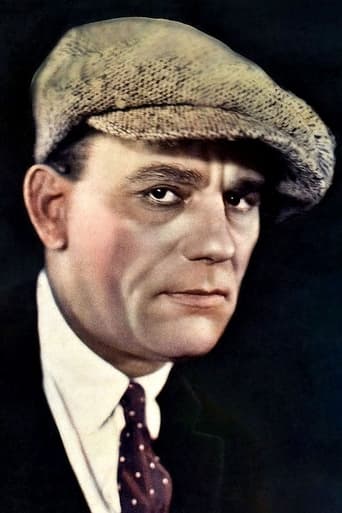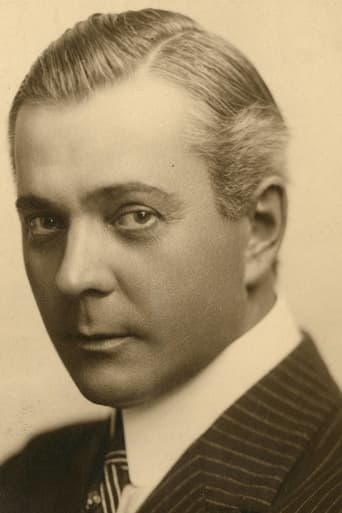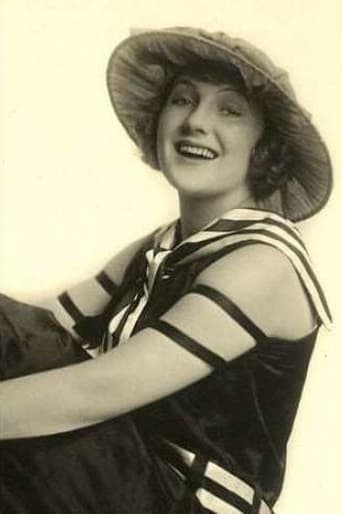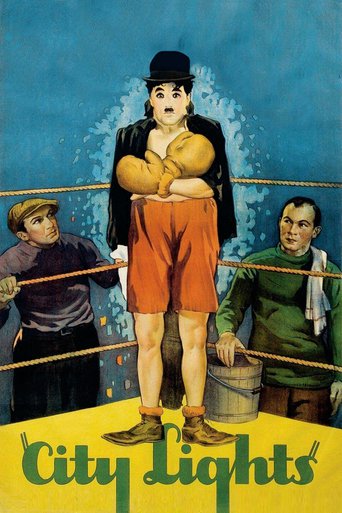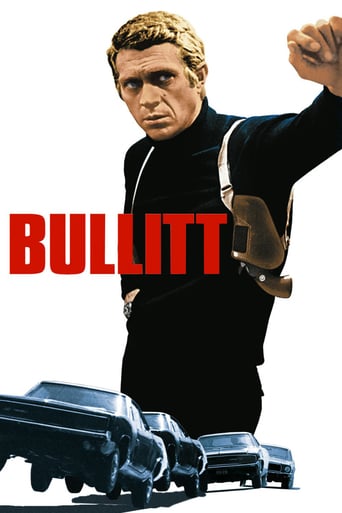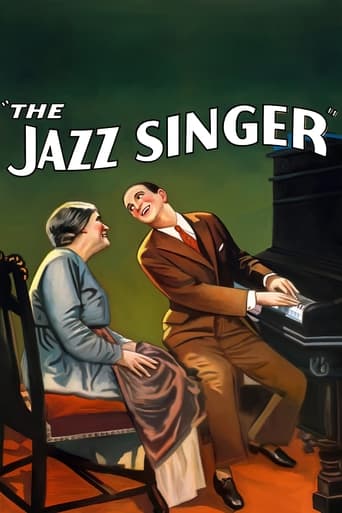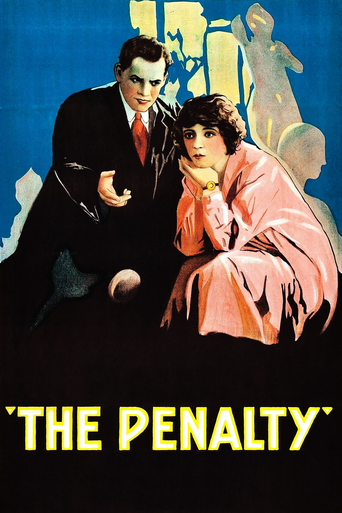
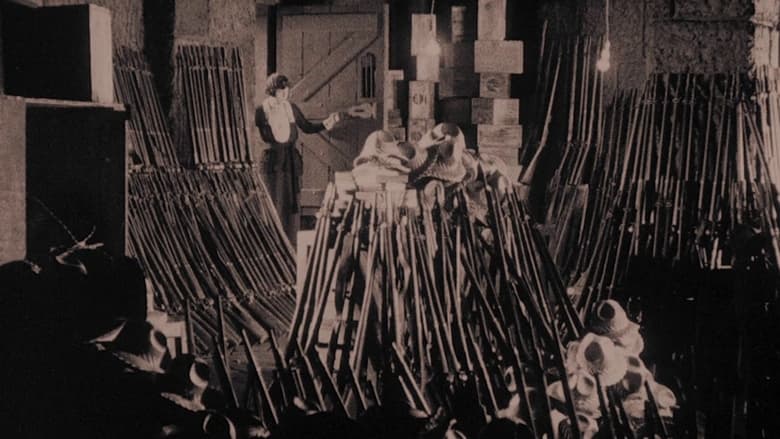
The Penalty (1920)
Blizzard, deranged from a childhood operation in which both his legs were needlessly amputated after an accident, becomes a vicious criminal, and eventually mob leader of the San Francisco underworld.
Watch Trailer
Cast
Similar titles
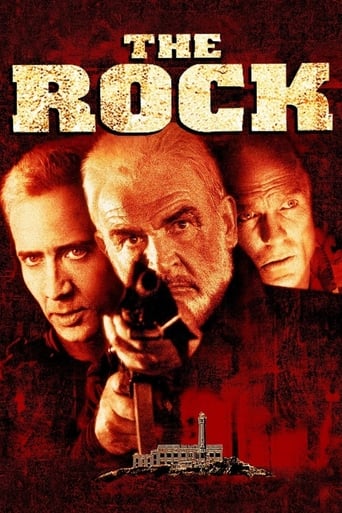

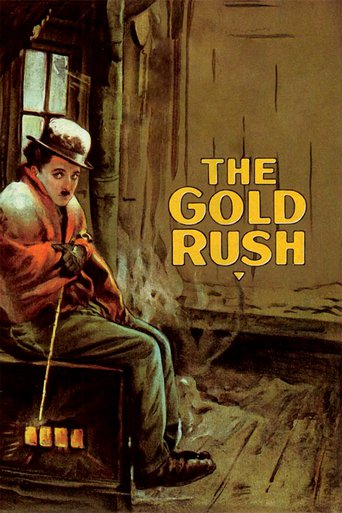
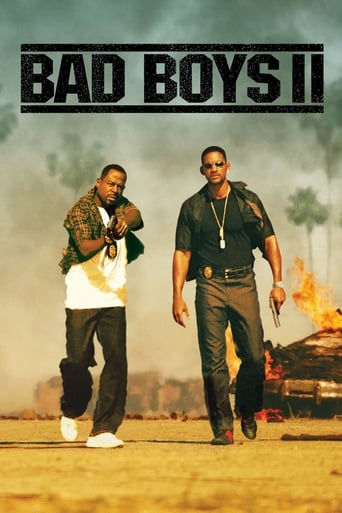
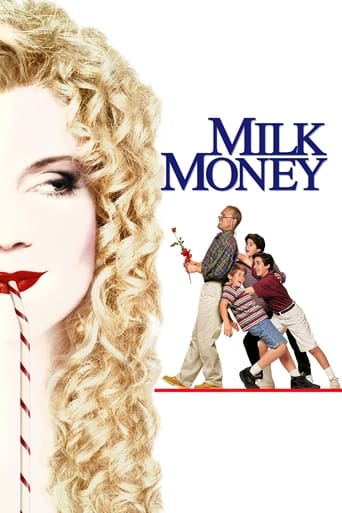
Reviews
Save your money for something good and enjoyable
People are voting emotionally.
Excellent but underrated film
All of these films share one commonality, that being a kind of emotional center that humanizes a cast of monsters.
This was as good as it gets for Lon Chaney, Sr. While the tale itself suspect, his performance rises above. We have all heard the stories of how this man could put himself through agony for a role. This is a prime example. A boy has his legs unnecessarily amputated by an inexperienced doctor. As he grows, he goes over to the dark side and becomes pure evil. Chaney somehow tucked those legs into some prosthetics. It must have been extremely painful. His primary victims are women whom he subverts through his gangland like power. It's hard to be totally appalled at his actions because he certainly is a victim. But he has choices. As time goes along, there are those who are willing to befriend him and actually express love toward him. He had one of the most emotionally expressive faces to ever grace the screen. Unfortunately, the conclusion sort of dies on the vine.
Even with hardly any makeup, Lon Chaney could change his face in different ways to express various monsters of the human variety. Crippled due to unnecessary amputation as a child, he is emotionally as dead as his missing legs, and this has turned him into a much feared evil man. When he smiles and is calm, he is still quite handsome. But as a taskmaster of a woman's hat shop, he is a brutal boss, abusing one woman for the lack of quality in her work, then taking it out on the others by announcing fiendishly that one of their old workers who turned to street walking has been killed. The face changes again when he gets a bit of womanly affection, and he's kind and handsome again. When he gets a chance for revenge on the doctor who cut off his legs, Chaney grabs at it, going after the doctor's daughter, prompting him at one point to ask one of the men in the Barbary Coast where he leads a gang of mobsters if he looks like Satan.A sinister atmosphere and an avant garde look makes this psychological thriller rather horrific in theme, especially the discovery of a secret hospital room beneath a fireplace where Chaney lives. He shows moments in his characterization of great tenderness, and others of extreme sadistic evil. Tinting colors in the print I saw change to reflect each mood, and the musical score added to the Kino print is quite haunting. With lines like "I can murder anything but music", Chaney shows the cultural elegance behind his nefarious mind, the danger in the human soul that can erupt and change without warning. I wouldn't call this subtle in any means, but as a work of art, it has some excellent profound moments that makes his monstrous character seem nearly sane. But there's perversion running through his soul, using various women for his purpose, and this shows just how the psychosis inside this characteristic damns him just as he had with the various enemies he tried to destroy.And don't forget, "He;s got religion. That means he'll raise hell."
If not the very first to reach a wide audience, Wallace Worsley's The Penalty survives to this day certainly at least as one of the more memorable and enjoyable proto-noir gangster thrillers from the mid-to- late silent era. Featuring engrossingly dark imagery throughout, a wonderfully gritty plot line filled with characters blooming from a pre-code era and a sense of pace in editing and direction so brisk you might have to look twice at its production date; The Penalty has plenty going for it but by far its best feature lies in the magnetic and grotesquely alluring performance of its lead star Lon "the man of one-thousand faces" Chaney.Committing fully to his role as a man wrongly crippled at a young age by inept Dr. Ferris in the late 1890s, Chaney is so convincing in his role that viewers unfamiliar with his more famous works could be forgiven for Googling his name to find out if he really did have legs or not. Apparently the apparatus he wore to achieve the effect (which he had to insist on wearing against the studio's reported resistance) left him with lasting back problems for the remainder of his life. Whether true or not, the result is nevertheless a marvel to watch as his character of Blizzard—a brilliantly creative, megalomaniac-kingpin of sorts—hobbles his way in and out of people's lives, playing their strings all the while grinning sardonically with facial contortions likely to strip paint off walls. When Blizzard begins to enact on a long-dreamt-of plan of retribution against the now-successful Ferris however, it's the inclusion of the doctor's daughter Barbara that allows the audience to see briefly the sadness and morose qualities underneath the surface of the crime- lord's chagrined demeanour. Chaney nails both sides of the coin equally well, despite the film's best and most enjoyable moments resulting from Blizzard's more-often-than-not irritable and ill- tempered outbursts. Then there are the moments where the character switches back and forth like a light switch. During an early scene, Blizzard, while playing a wonderfully sombre and melancholic classical piano piece, begins: "I shall be the master of a city! And for my mangled years the city shall pay me—with the pleasures of a Nero and the power of a Caesar!" The contrast here is palpable, and were it in the hands of a lesser talent, may have come off stilted or jarring for the wrong reasons.On the other hand, the picture is by no means without its flaws. It's sometimes a little too melodramatic for its own good, specifically during the last 10 or so minutes. Furthermore, some plot lines go nowhere interesting, and the overall wrap-up is misguided and rushed to the point where it leaves a bitter taste in the mouth, even though it does boast the best line in the film. As a package however, I would recommend at least one viewing. Much like Dr. Jekyll and Mr. Hyde released a few months prior, the performance of its lead star is worth the time invested alone. Unlike said film however, The Penalty still has plenty else going for it outside of Chaney whether it's from the performances of the supporting cast or the brisk direction by Worsley cut with incisive, well-written and paced intertitles. If you do seek out the film, again I would recommend the newly restored blu-ray which has been respectfully scanned and cleaned up by the George Eastman House Motion Picture Department and released by Kino. The disc also features a score composed by Rodney Sauer performed by the Mont Alto Orchestra which bounces off and compliments the film beautifully to the point where they actually bring piano melodies played by Blizzard alive as he muses over his plans to conquer San Francisco by force. It's a nice touch and much like Chaney strapping his legs behind his thighs, brings a level of commitment and dedication that gives an extra spark to already bright and highly enjoyable film.
The Man of a Thousand Faces in 1920, before his prime, under the direction of Wallace Worsley who would make him the Hunchback. But instead of being the sympathetic and heart-warming freak, here he is a demoniacal madman out for revenge."The Penalty" follows Blizzard, an underworld mastermind who had his legs unnecessarily amputated as a child (kinda like Reagan in "Kings Row"). And aside from general evil, crime, and mayhem, his main goal is to claim revenge on the doctor who did it. After we see the grisly mangling, we move to modern-day (1920) San Francisco where Frisco Pete, a drugged-out hoodlum, murders showgirl Barbary Nell and then flees to sanctuary at Blizzard's hide-out. The police send Rose, their undercover girl, to disguise herself as one of Blizzard's many molls, and become practically a concubine who presses the pedals as Blizzard plays the piano. Meanwhile, he works to seduce the sculptress daughter of the doctor who deformed him, posing as Satan for a sculpture. And all the while he's planning for the greatest crime spree of them all, when he'll bring thousands of disgruntled foreign laborers in to conquer the city...God, "The Penalty" is creepy. It might not be the best-made movie of all time; the actors might not all stand out; the ending may be a cop-out. But it's got a lot of good points going for it. First, the title. "The Penalty" is about penalties of all kinds: Dr. Ferris must pay a penalty for his youthful indiscretions; Blizzard must pay a penalty for his life of crime. San Francisco must pay for creating monsters like Blizzard and Frisco Pete. The film is submerged in an idea of guilt, revenge, and comeuppance. Lon Chaney, as always, is an asset, in building a disturbing atmosphere of fear and loathing, as well as messing with the viewer's psyche through his performance. On turns you pity and hate him. Sure, he's evil. But his evil is so hypnotically attractive. And he's not entirely to blame for it. He's got no legs- can he still be fully responsible for his actions? Whatever Blizzard does, he revels in it. Climbing up the wall, with those stumps- can you take it? Like other quasi-horror films of the '20s and '30s, "The Penalty" is rife with hellish, gargoylian imagery. Beyond the buckets on Chaney's stumps and his legless swagger, there's the satanic sculpture and the apocalyptic fantasies (in which we see SF reduced to anarchic rubble) and the secret room full of chorus girls making hats, and the dirty underground corridors hidden behind Blizzard's fireplace, and the fully equipped operating room (in which he sets his bizarre revenge, which is worthy of Tod Browning). Then, looking at "The Penalty" from our postmodern perch, we can also enjoy the tinting (which changes from scene to scene) which gives it an almost psychedelic flavor, especially when combined with the soundtrack, which is a mixed bag. It's got some organ, some indistinguishable wailing, a couple possible leitmotifs, and what could be music from the darker levels of Super Mario Bros. It all comes together to give us, basically, "The Phantom of the Opera" meets "Citizen Kane" in hell, dimmed a few notches.What can I say? If you like Lon Chaney, you're bound to love his role here. The finale may be a let-down, but those are the breaks. Watch with plenty of suspended disbelief and immerse yourself in the abstractly gritty, mildly Gothic San Francisco gangland of the 1920s.
